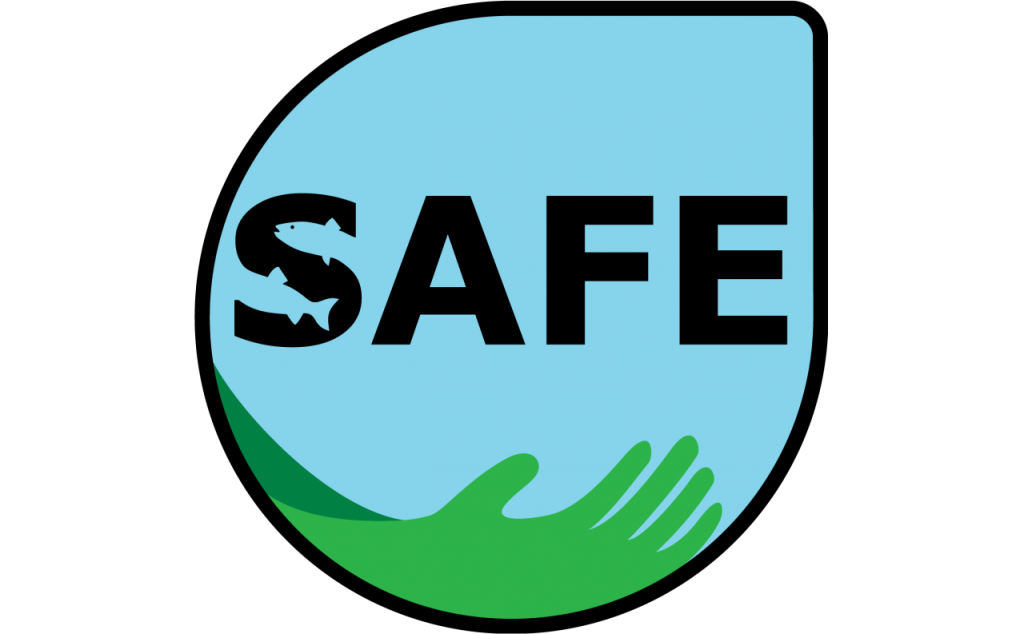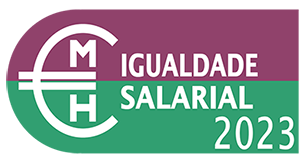Water contamination is a major concern worldwide, affecting environment and human health. Reclaimed clean and safe water is highly required for environmental sustainability and to meet sustainable development goals (SDGs).
The use of anthropogenic, industrial or agricultural chemicals such as pharmaceuticals and personal care products (PPCPs), hormones, pesticides and herbicides, plasticizers, UV filters, is ubiquitous and they have been recognized as a source of environmental contamination, being present throughout the urban water cycle. The majority of these chemicals co-exists with natural organic content, such as humic and fulvic acids, and react with chemicals agents used along the water treatment processes forming DBPs. Due to the wide range of substances, physical-chemical properties, possibility of acting synergistically and potential toxicological effects, an increasing awareness of the water regulatory bodies have arisen, in order to minimize potential impacts in the environment and health. DBPs are of particular interest due to their potential carcinogenicity and vary non-carcinogenic effects, such as endocrine disruption. Nitrosamines (N-DBPs) have been of interest since they were identified in drinking water in 2002 and their occurrence have been reported in association with industrial environments, including tanneries, plasticizers, pesticides and detergents. Additionally, natural occurring precursors may include algal-derived organic matter, nitrates and nitrites, which may combine with certain amines to form these nitrogenous compounds, leading to their presence in soils and urban water cycle. NDMA is one of the most reported nitrosamines in treated water, being classified as B2 (probable human) carcinogen by the US Environmental Protection Agency (USEPA), which also included this DBP in its Contaminant Candidate List (CCL-4), a priority list of drinking water contaminants. NDMA is also reported in Word Health Organization (WHO) drinking water quality guidelines [with a guideline value of 100 ng/L] and in three countries/ territories (Australia, California and Singapore) regulatory lists, with the same parametric value. In addition, other 4 N-DBPs (NDEA, NDPA, NPYR, NDPhA) are also listed in CCL-4 USEPA as contaminants of emerging concern and potentially occurring in public water systems, however taking into account the heterogeneous set of N-DBPs substances in the environment and their potential toxicological effects, there is a urgent need of producing meaningful knowledge about their occurrence in the environment, their underlying mode of action and consequent health risk assessment. In this way, this research plan aims to implement a new multidisciplinary risk assessment approach considering water N-DBPs exposure, integrating toxicity tests, using zebrafish bioassays, definition of mechanistically relevant molecular responses using omics tools, allowing the establishment of AOPs, and characterization of N-DBPs occurrence profiles in water urban cycle (considering both WTPs and WWTPs).









